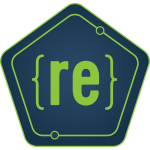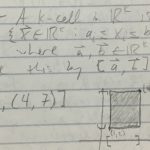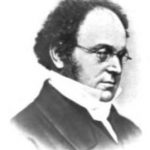In a previous post, we looked at notation for functions and sets. In that post, we knowingly skirted around the definitions of some key terms, and here we’re going to look at why this was necessary. To recap, here are the key terms from our last discussion that we did not define rigorously, along with […]
Function And Set Notation
In a recent post we talked about the definition and nature of functions and explored how the term function differs in meaning within the contexts of math and programming. Most notably, we saw that functions in the mathematical sense are more akin to associative arrays in programming than they are to functions in programming. This […]
What Is A Function
One of the most ubiquitous concepts found in programming languages is that of a function. There are many things that functions can do, and this makes it hard to come up with a concise definition of a function, even if we narrow our focus to a single language. Functions In A Programming Context Consider some […]
Using the “At Least One” Rule
When I used to teach math, one thing that came up a lot in probability and also in proofs is the “At Least One” Rule. In essence, this rule states that “Every P is Q ” and “At least one P is not Q ” are negations. As an example, imagine we are tossing a […]
De Morgan’s Laws
Some time in the 1800’s, Augustus De Morgan published a piece of logic that others had felt intuitively for centuries, and which still comes into play today on a fundamental level in areas like math and computer programming. Consider the statement “It is hot and humid outside.” What would it take for this sentence to […]





